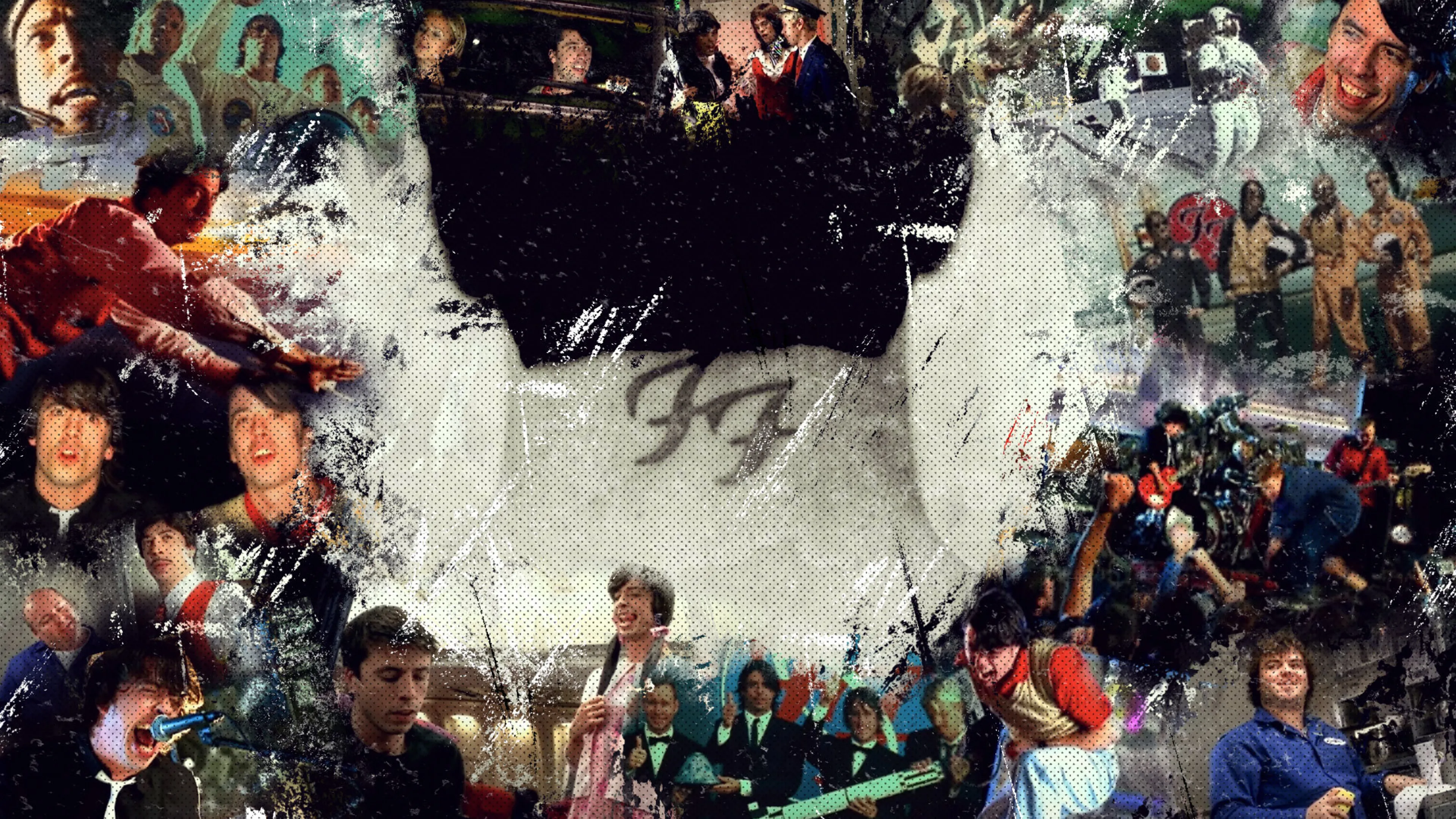Problems, however, arose during the very first days in which the four musicians convened in rehearsal. Specifically, the problems lay with Franz Stahl. The guitarist may have been a hero and mentor to Dave during his time in Scream (Dave's pre-Nirvana band), but his vision for their new material jarred. “It just wasn’t really gelling,” Dave noted diplomatically.
When both Taylor Hawkins and Nate Mendel voiced concerns to their band leader, Dave took the difficult decision to forge ahead with the sessions as a three-piece, breaking the news to Franz over the phone. The guitarist, he recalls, was “really fucking upset”. So upset, in fact, that Franz flew from his home in Austin, Texas to confront his bandmates at Dave's home, demanding an explanation. “They proceeded to give me the biggest load of bullshit I ever heard,” the still-seething guitarist said. “I broke down in tears, I couldn’t believe it.” It would take more than a decade for Franz and Dave to heal their friendship.
In the midst of this emotional trauma, the last thing Dave Grohl needed was more upheaval. So one can only imagine his distress when, late one evening, Nate phoned to say that he had decided to quit the band. The members of Sunny Day Real Estate had repaired their own fraught relationships, and singer Jeremy Enigk, guitarist Dan Hoerner and Nate’s closest friend, and erstwhile Foos bandmate, William Goldsmith, were keen to relaunch the group. They would only do so, however, on the condition that their bassist committed fully to the band. “I was tortured,” Nate conceded. “I had this kinda irrational attraction to that project. And I called up Dave…”
“I was pissed,” Dave admitted in Foo Fighters’ documentary Back And Forth. “I think I told him, ‘Okay, you know what, you call up everyone and tell them you quit. I’m gonna go fucking get drunk…’”
A hungover Dave awoke the next morning to an apologetic phone call from his contrite bassist. Nate was staying.
